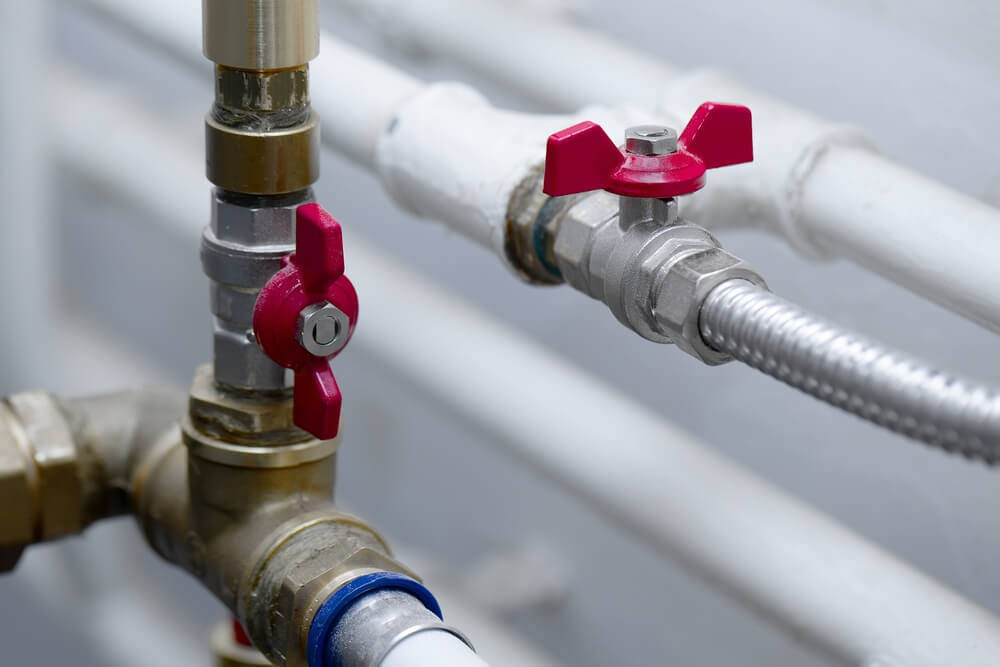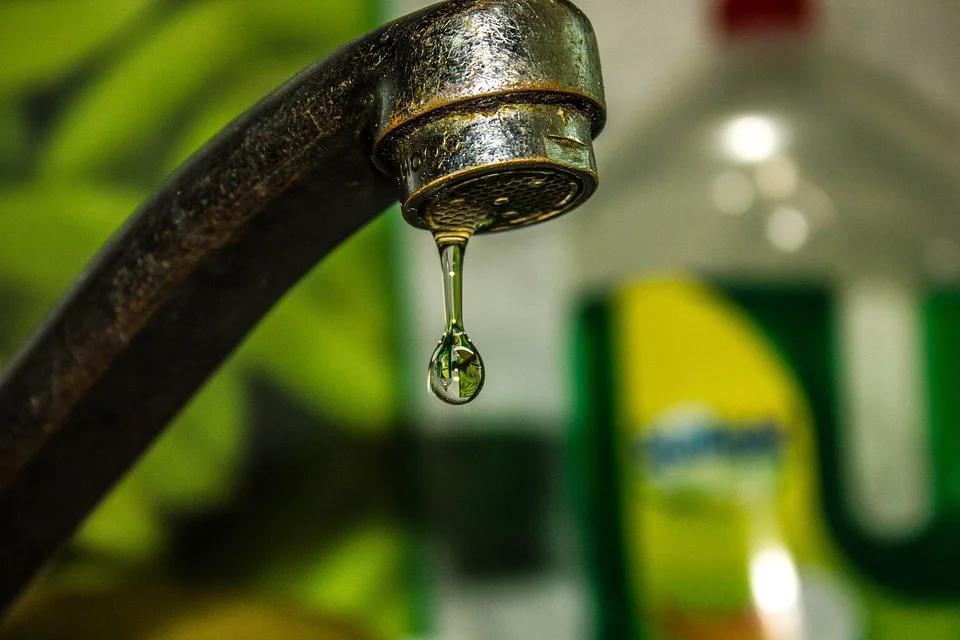The article following next in relation to How to Prevent Frozen Pipes is unquestionably stimulating. Don't overlook it.

All home owners who live in pleasant environments must do their finest to winterize their pipelines. Failing to do so can spell catastrophe like frozen, fractured, or burst pipelines.
Attempt a Hair Dryer or Warm Gun
When your pipelines are almost freezing, your reliable hair clothes dryer or warmth gun is a godsend. If the warm towels do not aid dislodge any resolving ice in your pipelines, bowling hot air directly into them may assist. You might finish up harmful your pipelines while attempting to thaw the ice.
Open Up Closet Doors Hiding Plumbing
It would be valuable to open up cabinet doors that are concealing your pipes when it's cold outside. They could be somewhere in your kitchen or washroom. This will certainly permit the warm air from your heating system to circulate there. Therefore, you protect against these subjected pipes from cold. Doing this small method can keep your pipelines warm and also limit the possibly dangerous end results of freezing temperatures.
Require Time to Cover Exposed Pipeline
One very easy and also clever hack to warm up freezing pipelines is to wrap them with warm towels. You can cover them initially with towels. After securing them in place, you can pour boiling water on the towels. Do it gradually to let the towels soak up the fluid. You can likewise utilize pre-soaked towels in hot water, just don't fail to remember to put on protective gloves to secure your hands from the warmth.
Switch on the Faucets
When the temperature level decreases and it appears as if the frigid temperature level will last, it will assist to switch on your water both inside and outdoors. This will keep the water moving with your plumbing systems. Furthermore, the motion will slow down the cold process. Significantly, there's no need to transform it on full blast. You'll end up wasting gallons of water in this manner. Instead, go for about 5 decreases per minute.
When Pipelines are Frozen, close Off Water
Turn off the main water valve instantly if you observe that your pipelines are totally icy or virtually nearing that phase. You will usually locate this in your basement or laundry room near the heater or the front wall surface closest to the street. Transform it off today to avoid additional damages.
Don't neglect to close outside water resources, also, such as your hookup for the garden home. Doing this will certainly prevent extra water from filling out your plumbing system. Unfortunately, with more water, more ice will accumulate, which will eventually result in break pipelines. If you are uncertain about the state of your pipelines this winter season, it is best to call an expert plumber for an examination. Taking this aggressive technique can save you hundreds of bucks out of commission.
All property owners that live in warm climates must do their finest to winterize their pipes. Failing to do so can lead to catastrophe like frozen, cracked, or burst pipelines. If the hot towels do not assist dislodge any type of clearing up ice in your pipelines, bowling hot air straight right into them might assist. Turn off the major water valve quickly if you observe that your pipes are completely frozen or practically nearing that phase. With more water, even more ice will certainly load up, which will eventually lead to burst pipes.
PREVENT YOUR PIPES FROM FREEZING THIS WINTER
A Leading Cause of Property Damage
When the weather is taking a deep nose dive into the cold dreary days, the risk of your pipes freezing and potentially bursting skyrockets. Unfortunately, during these cold dreary months, burst pipes are the most common denominator for property damage. The pipes that are most at the risk are those that are in areas where it is most cold in your home. For instance, pipes located in interior places such as basements, attics, and your garage. Unfortunately, that doesn’t mean that the pipes running through your cabinets or exterior walls can’t freeze. Good news, however, is that you can do things to help prevent pipes from freezing.
How to Prevent Pipes From Freezing
Once the temperature starts to drop during the winter, you should be taking the proper measures needed to ensure that your pipes stay warm and that there is circulation of water through them. Some steps that experts may recommend could go against your better judgement when it comes to saving water and heat. However, it would go without saying that when expenses are compared, damaged pipes could put a bigger dent in your wallet than a water bill.
What Can I Do?
Keep your garage door closed. This is very important, especially if you have water supply lines running through your garage. Open your kitchen and bathroom cabinets to allow warm air to circulate through them. Allow air circulation throughout your home. Keeping the interior doors open will once again allow the warm air to circulate inside your home. Ensure your thermostat is running the same temperature throughout the night and day. If you plan to be away from home during the cold months, set your temperature no lower than 55° F. This should provide enough heat to keep the pipes warm and prevent any remaining water inside the pipes from freezing. For more of a long-term solution, add insulation to attics, basement, and other crawl spaces around your home. By allowing your faucet to drip, it will alleviate pressure in the system. This is important because the pressure that is created between the blockage and the faucet can potentially cause the pipes to burst. Allowing the faucet to drip will prevent the pressure from building up, therefore keeping the pipes from bursting. Seal any cracks, openings, and crawl spaces around your home to prevent cold air from coming inside. This keeps your pipes-not to mention your home-warmer and less susceptible to issues caused by freezing temperatures. For the pipes in your home that are easily accessible, applying electrical tape to them might prevent them from freezing over. This is a quick fix, as you can apply the tape directly to the pipe. There are two options for heating tapes. One turns on and off by itself when it senses heat is needed. The other type of heating tape needs to be applied when heat is needed and removed when not necessary. If you have exposed pipes in your home, you can check this website to take a look at a few options that would be available at a shop near you.

I am just very fascinated with Prevent Freezing and Bursting Pipes and I'm hoping you liked the entire article. Sharing is good. One never knows, you might be doing someone a favor. Thank you for your time invested reading it.
Call Today